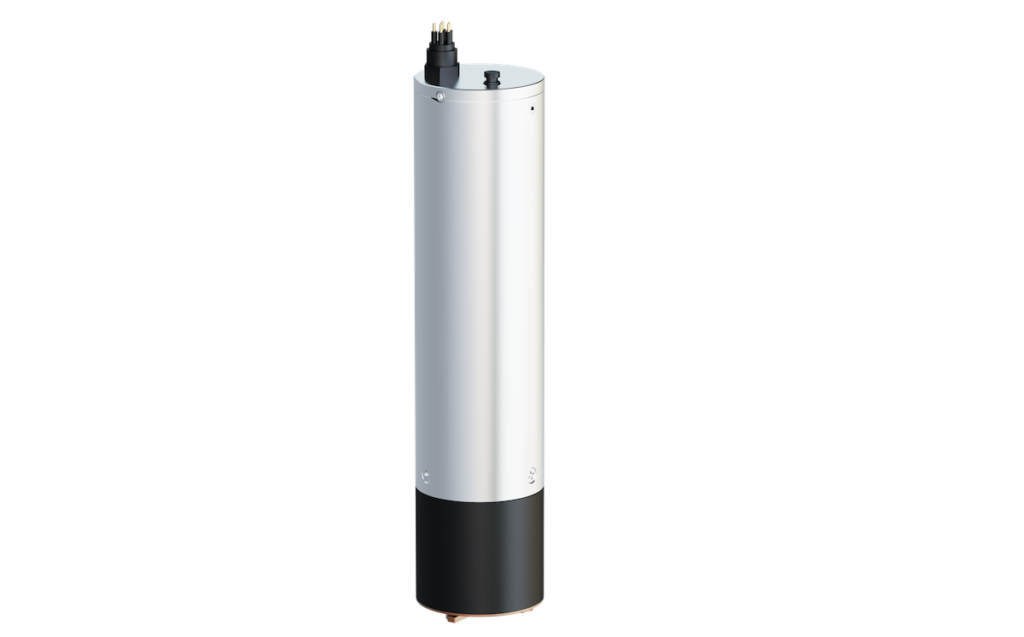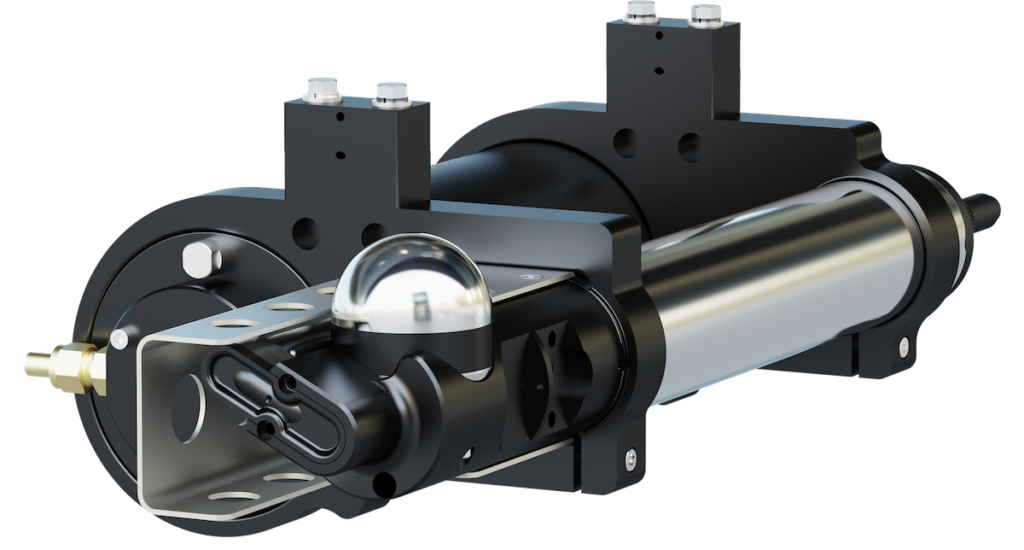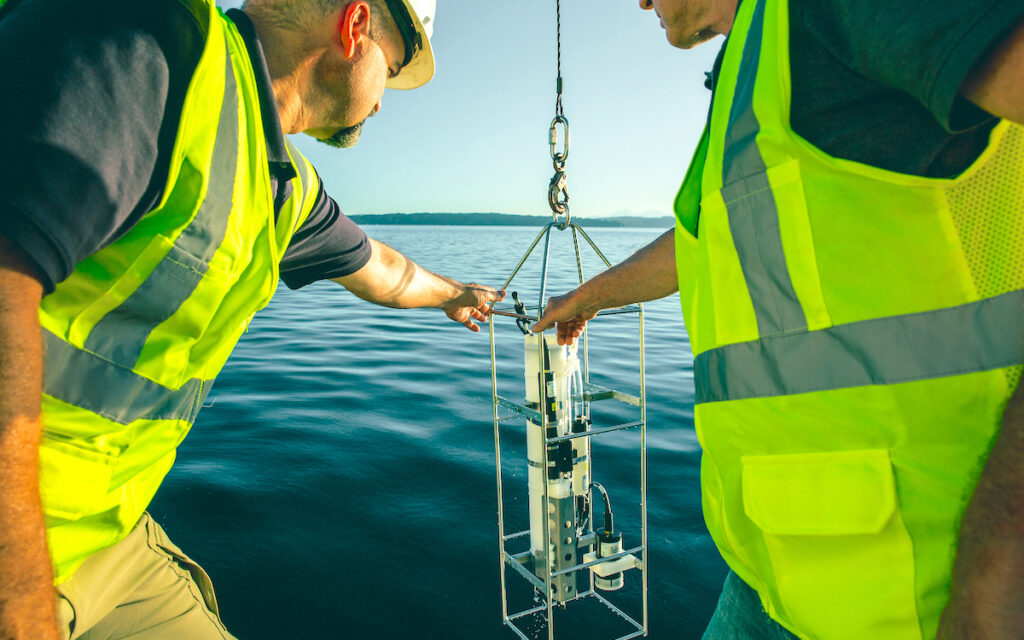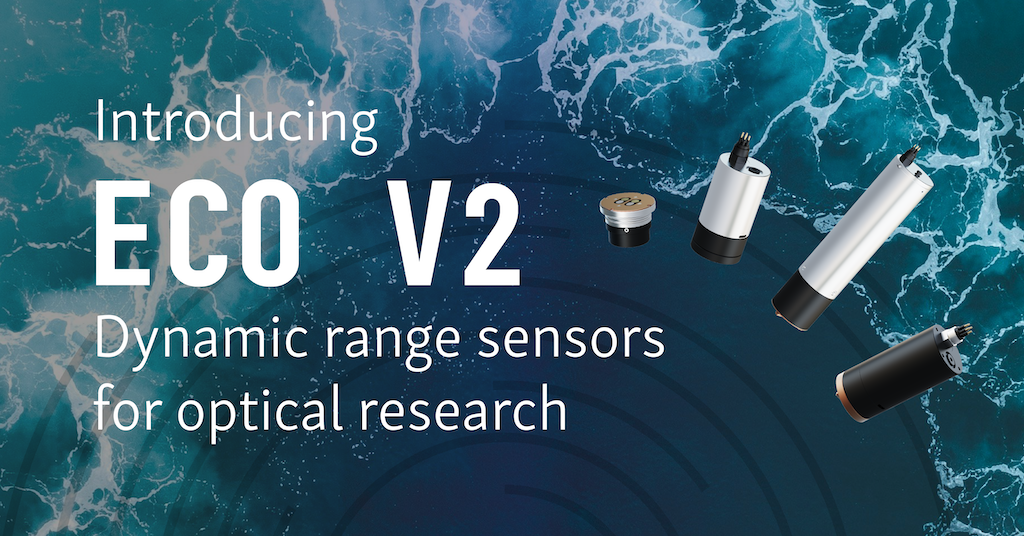
Sonardyne has integrated the HydroCAT-EP V2 multiparameter conductivity, temperature, depth (CTD) sensor from Sea-Bird Scientific into an Origin 600 acoustic Doppler current profiler (ADCP).
The HydroCAT-EP V2 CTD streams data directly into the Origin 600 ADCP external sensor port, or it can be connected via the Origin E-Mux multiplexor, which can receive measurements from up to four sensors and pass their data to the ADCP. The Origin E-Mux also provides additional power to the ADCP and any external sensors, allowing for extended deployments.
All sensor data is logged on the Origin 600 for download post-deployment, but it can also be fused with ADCP measurements within the Sonardyne Edge computing environment. Fused data can then be transmitted to the surface via the Origin 600’s integrated acoustic modem.
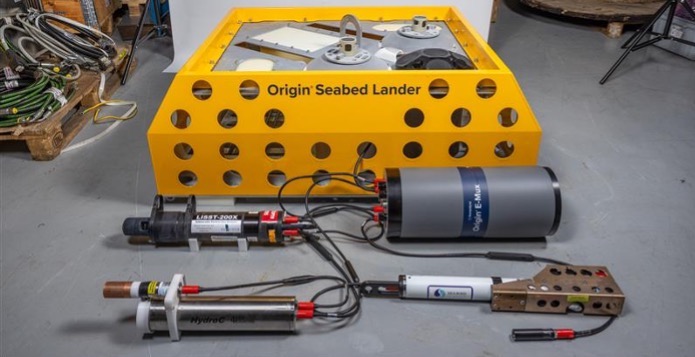
The HydroCAT-EP V2 includes several sensors, such as pressure, dissolved oxygen concentration, chlorophyll, and turbidity, which can be used to measure various aspects of water quality and ocean health.
Integration Process
The HydroCAT-EP V2 was preconfigured to produce measurements at a fixed rate using the supplied Sea-Bird Scientific software. It was then cabled to the Origin, which powered the sensor and logged the received data.
The data was fused with ADCP current measurements in the Origin’s Edge computing environment, allowing in-situ combination of multiple parameters into an NMEA-style string. This string was transmitted acoustically to the surface every five minutes using the Origin’s integrated acoustic modem.
The NMEA data was then further distributed to a cloud account, allowing users to view live updates of current speed, current bearing, conductivity, temperature, and pressure.
Sea-Bird Scientific explained that the team was grateful for the opportunity to partner with Sonardyne and UK-based distributor Planet Ocean to make this integration a success.








